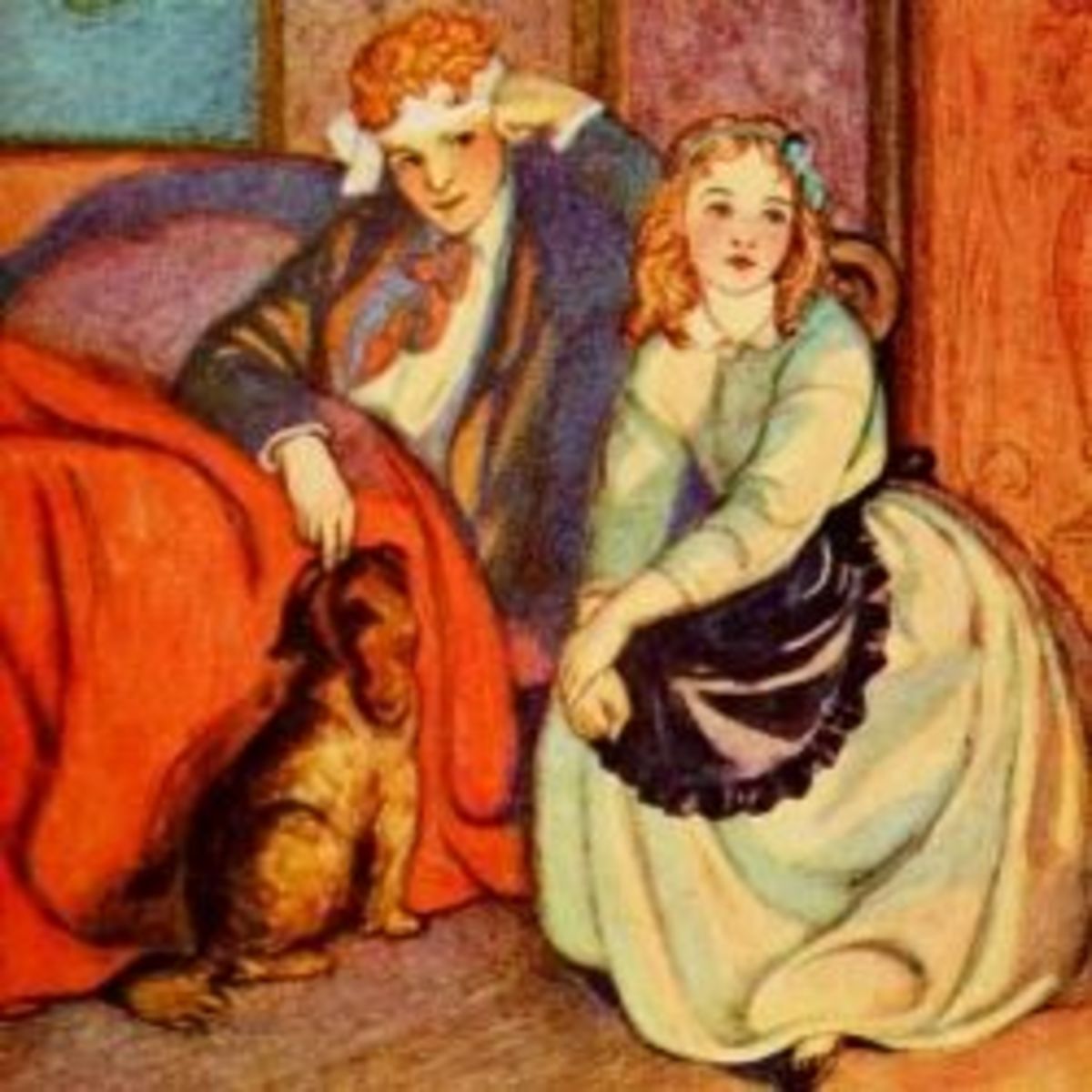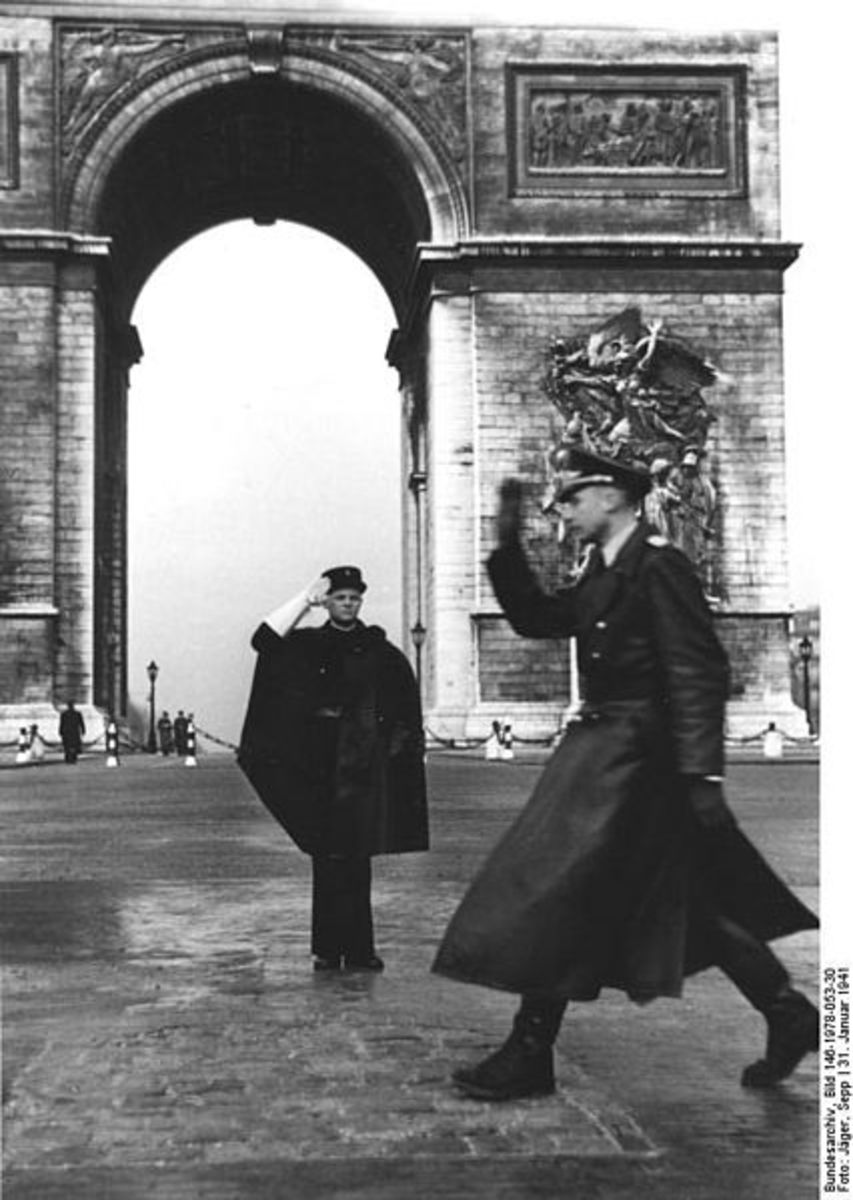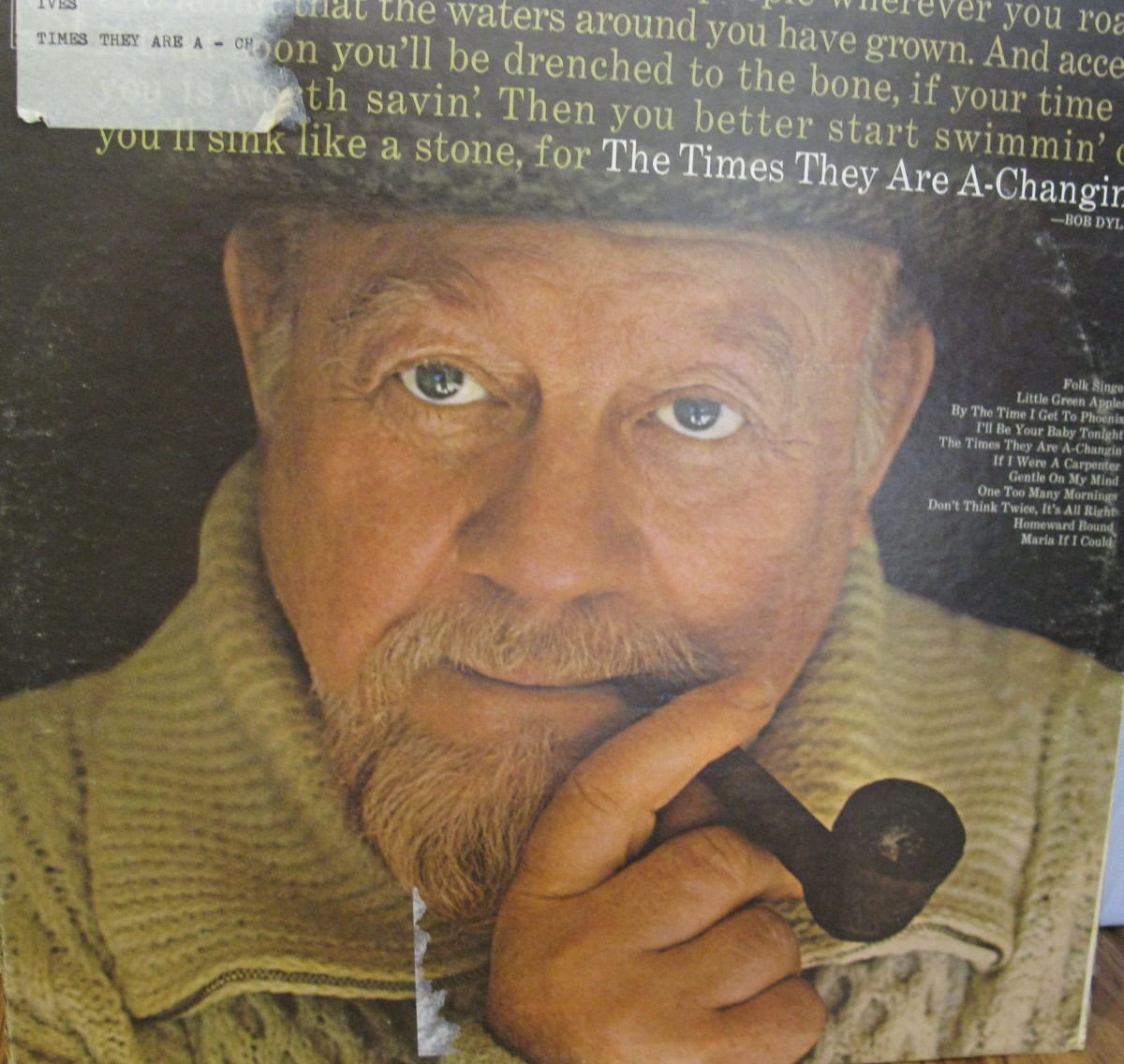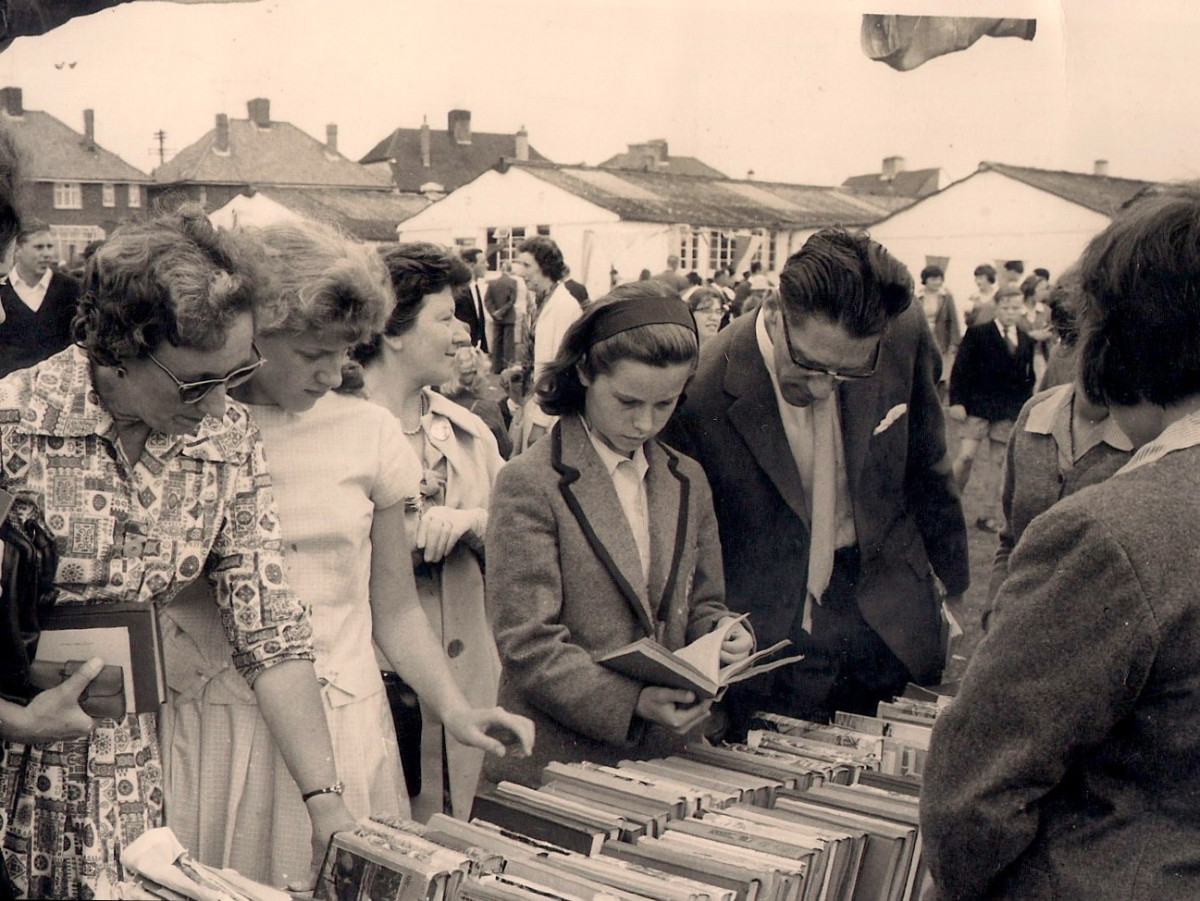Alan Seeger 1888-1916 loved France, coffee, chocolate & Cathedrals- Illustrated Biography- WW1 -Poet - poppy poets.c
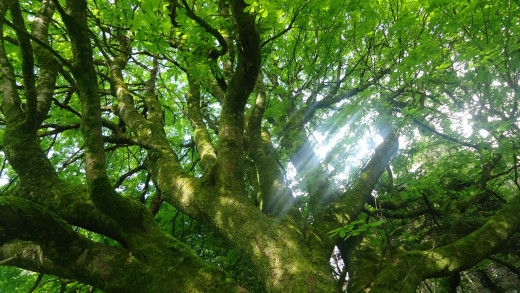
Alan Seeger Natural Area in Pennsylvania
In Pennsylvania State USA there is an area known as the Alan Seeger Natural Area.
Henry Shoemaker, an early member of the Pennsylvania Forest Commission,
named the area after Alan Seeger.
To remember the sad loss of the young American poet during World War 1.
It is a 390 acre site along a river called Standing Stone Creek.
The area is filled with enduring primordial trees.
White pine, Oak, Red maple, Hickory and black birch.
Through history the forest managed to bypass loggers.
These Trees have held out against natural threats as well, tornado, disease and insect attack.
This natural area survived the Summer fires that raged through Pennsylvania.
Because of such threats both natural and man made, old forests in America are rare.
The Eco-system that these trees provide in such a moisture retentive environment is out standing.
Because the area has natural tree habitat of different species established there.
Each type of tree encourages different insects, birds and animals.
In Old Forests topsoil is created, lichens and moss grow in profusion naturally supporting insects and providing the building blocks of the food chain.
On October 26th 2012 the Alan Seeger Natural Reserve was dedicated to the "Old Growth Forest Network"
The reserve is now protected.
It is a fitting tribute that trees so enduring in an area should be connected with Alan Seeger.
His poetry is full of trees and nature. Alan Seeger was very appreciative and grew more so, as the war progressed of nature.
Unlike some of the War poets of that time -Alan Seeger did not refer to nature as a hungry or consuming force.
Even in his Diary which he wrote from the trenches during WW1.
Trees are still a part of his landscape -inner and outer.
Today. It is recommended that the most beautiful time to visit the Alan Seeger Natural Reserve, is
during the summer, when the six foot Rhododenrons are in full bloom.
A naturally flowering memorial.
Alan Seeger gave his life fighting for the Allied side on July 4th 1916.
Broceliende by Alan Seeger
Broceliende by Alan Seeger
Broceliende! In the perilous beauty and menacing shade,
Thou art set on the shores of the sea down the haze,
of horizons untravelled, unscanned.
Untroubled, untouched with the woes of this world
are the moon-marshelled hosts that invade
Broceliende.
Only at dusk, when lavender clouds in the Orient dis-band.
Vanishing where all the blue afternoon they have drifted in solemn parade,
Sometimes a whisper comes down on the winds from fairyland--
Sometimes an echo most mournful and faint like the horn of a huntsman strayed,
Faint and forlorn, half drowned in the murmur of foliage fitfully fanned,
Breathes in a burden of nameless regret till I startle,
disturbed and affrayed:
Broceliende!
Broceliende!
Broceliende!
Alan Seeger
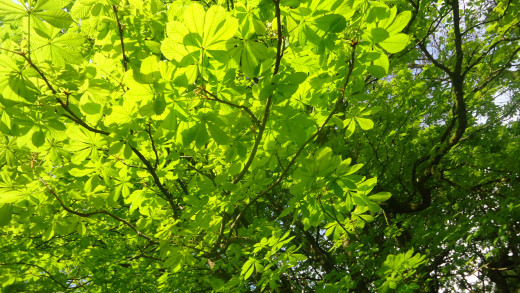
The Legend of Broceliande
The Broceliande that Alan Seeger wrote about is an ancient forest.
A mythic place of uncertain location and unusual weathers.
There is a magical fountain and some say the tomb of Merlin is guarded by Oaks in Broceliande.
The Broceliande forest was first written about during the Dark Ages of Europe.
It is also connected into Arthurian Myths.
Merlin appears in the the story of the Wizard in the Oak tree.
The author Robert Holdstock also used Broceliande in his tales of Mythago Wood.
Broceliande is perhaps an ancestoral memory of a time when Europe was largely Forest in landscape.
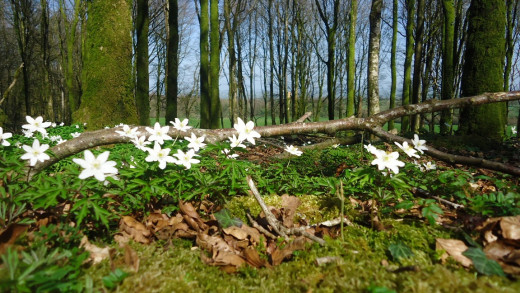
El Juvenlia
Alan Seeger is running through the streets of New York. He is ten years old. Why is he running?
The Fire Station had just sounded it's alarm, the automatic doors opened revealing the fire-men and the steam engine with harnessed horses or even better the first motorised fire engines being brought into use at that time.
They depart at high speed and Seeger thrilled runs after.
Even as a man he could not resist to run and seek out the sound of a fire alarm.
Alan Seeger was born in 1888 his experience growing up, was to bridge the Old World and the New Worlds.
From a young age he wrote poetry and was inspired by International myths and legend.
The world around him though was exploding into the modern with many new inventions.
Electricity, the motor car and the development of mass Military weapons. The Old World collided into the new.
Until the age of ten he lived on Staten Island with his family. His ancestors on both sides came from established New England families.
The Island was then known as Richmond in the time before European settlers the Island was sacred burial to the Native Americans.
In the year Alan was born the island became part of New York.
From Staten Island he and his siblings could see New York Bay.
the traditional rigged .sailed boat with the progress of the steam ships.
They observed and learnt all the names of the European liners, Warships-
In their rooms the walls were covered with drawings of rigging and ship details. - edu.
The harbour of New York Bay an entrance for many immigrants to the new and unknown.
Sharing the same view of New York as the explorer- Seeger as a child would have seen the skyline of New York- As a works in progress.
Alan Seeger studied at Staten Island Academy and The Horace Mann School in New York.
Mexico
"He had a somewhat exotic appearance- due to picturesque clothing" MA DeWolfe Howe
Alan Seeger spent part of his youth in Mexico. This was a return to the Old World. A move away from the rapid progression of the turn of the Century-New York.
Mexico at that time although modernised in some parts was still rustic in appeal. The Mexican people are/were very strong in values of Tradition.
The Mexican Folklore and myth absorbing Western Religion and culture into their own version. Which is always colourful and potent.
The environment of heat, colour, spices the exotic landscapes and people permeated through Alan Seeger's poetry.
"Be my companion under cool arcades
That frame some drowsy street and dazzling square,
Beyond whose flowers and palm-tree promenades
White belfries burn in the blue Tropic air" By Alan Seeger
In this period the family collected many books from the local "Thieves Market" and book shops.
They discovered many forgotten leather bound volumes of poetry and story books in these places.
That had been stashed and were like treasure to them.
He also enjoyed solitary treks and wrote poems like "The deserted garden" and "Tezcotzinco" from his experiences exploring ancient ruins.
The Tropics that Alan Seeger loved would always stay with him as he loved variety of people and the broadening of experience that voyage & travel brings- he was the spirit and dreamer of adventure.
He returned to finish his schooling at New York Hackley School and then studied with great accomplishment at Havard College.
In the article "Class of 1910" he is remembered by his contemporary John Hall at a gathering of students.
"Seeger was of striking appearance-Tall and rather squarely built, pale but mask like face, black hair and remote eyes. He sat through the entire night in silence-at first I put it down to shyness, but he had a certain candor, with entire self possesion."
Later when questioned by his friends about "his extraordinary behaviour" He responded "That he did not like trivial talk-" his friend also commented "Incredibly there was no conceit" He really meant it.
It is also mentioned that as he studied at Havard.
Alan Seeger developed into much more of an extrovert. His friends described him as coming out of his shell and interacting more socially.
In his time at Havard. Alan Seeger translated chapters of Dante and Aristo. He still had a fondness for finding and reading obscure texts.
One friend commented that Alan did not seem to be aware of or know of the more contemporary poets of that time.
With such great personal transformations going on in himself Alan Seeger became distracted.
Paris
On the brink of adulthood Alan Seeger had much talent and career opportunity before him. It was at this point that he fell into a lull somewhere in New York.
For two years he languished in bohemian contemplation.
But to such a character who loved movement and action in life this absence of direction was soon focused. If he was to follow all his Bohemian and Romantic inspirations- Alan Seeger was the type of character who would wish to experience the source.
To fuel his love of romance, beauty and longings for the unknown mysterious veils of the mythic.
Alan Seeger the lover of tropical warmth, Skies of intense blue and light.
Became attracted to a cooler, darker temperate.
The Celtic Lands of France.
Paris had taken over from London & Rome as the Cultural Capital of Europe.
Where many Countries were experiencing depressions.
The economy in France was in growth.
Artisans made pilgrimages to Paris during this time from Eastern Europe, Russia and America.
It was traditional City but had also embraced the Avant Garde.
There were the elements of old and new in the architecture, art and manners.
The splendour of newly built Boulevards, cafes, theatres and the most famous Art Salon-The Belle Epoque.
Food, bread, wine and coffee were also cheap and substance for many artisans.
The biography of bohemian artists and excessive lifestyles were being played out.
Alan Seeger was not one for excess of substances, the free lifestyle appealed.
He had many friends in Paris. "They were drawn to this strange, silent American" Ma DeWolfe
Most of his time in Paris was spent writing poetry which became his Sonnets.
Paris was full of glamour and in her darker moments a Femme Fatale.
Seeger experienced it and made poetry from it all.
Do You Remember Once....By Alan Seeger
Do you remember Once, in Paris of glad faces,
The night we wandered off under the third moon's rays
And leaving far behind the bright streets and busy places,
Stood where the Seine flowed down between its quiet quais?
The City's voice was hushed: The placid, lustrous waters
Mirrored the walls across where orange windows burned.
Out of the Starry South provoking rumours brought us
Far promise of Spring already Northward turned-
By Alan Seeger abridged poem
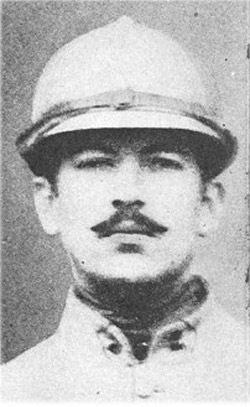
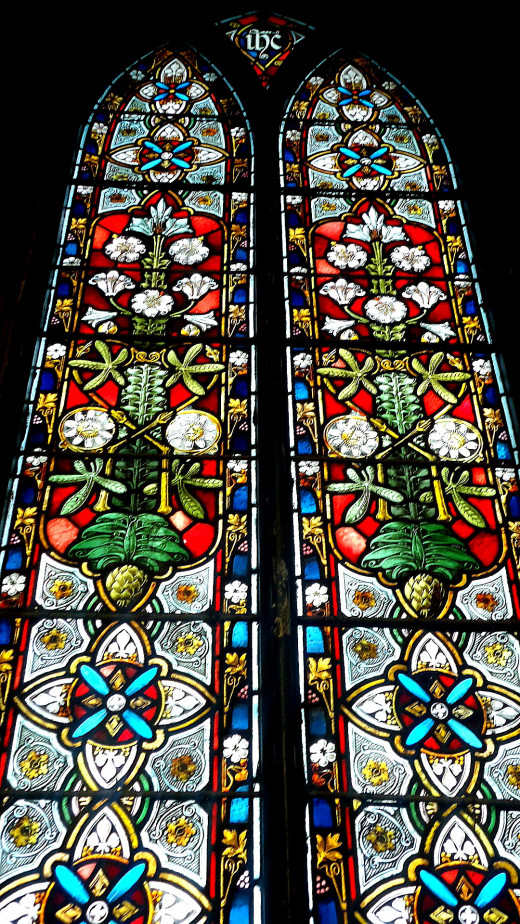
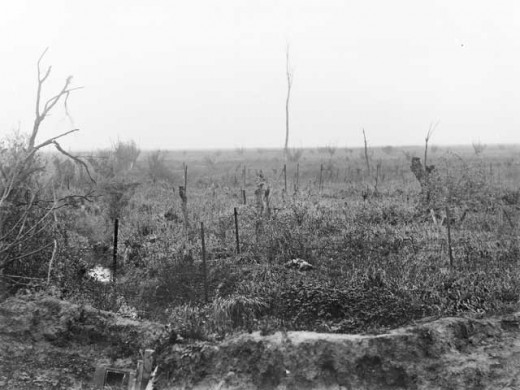
"There is something fascinating if one is stationed on sentry-duty immediately after arrival, in watching the dawn slowly illumine one of these new landscapes, from a position taken up under cover of darkness. We are giving the consigne , by the preceding sentinal, and are left alone behind a mound of dirt, facing the north, and the blank, perilous night.
Slowly the mystery that it shrouds resolves as the grey light steals over the Eastern hills. Like a photograph in the washing, it's highlights and shadows come gradually forth. The light splash in the foreground becomes a ruined chateau, the grey street a demolished village" Alan Seeger- article for New York post-1914
In the first weeks of the War in the August of 1914 Alan Seeger, along with other Americans enlisted with the French Foreign Legion.
His poems and letters he wrote of that time express his utter alliance with the Country and people of France.
An enduring part of Seeger that is compelling.
It was as clear as champagne Alan Seeger loved France with all his heart.
This Country needed his protection he would and did fight for the freedom of France and her allies.
Perhaps it is true at the onset of his training with the French Foreign Legion his idea of a soldier was sadly more Calvary and heroic charges from soldiers into battle.
The trench warfare he experienced was not the reality expected from Alan Seeger.
It is also a famous line that World War One was only expected to last for a few months-at the most until Christmas 1914.
"To me the importance is not to be on the winning side-But on the side where my sympathy lays. Let it always be understood that I never took arms against Germany-Germans, but purely out of the love for France" Alan Seeger
After a brief training period with the French Foreign Legion. The march to front began. In diaries and letters Alan Seeger faithfully recorded the beautiful landscape beyond his and his comrades toil.
He describes the French countryside as it begins "to turn into one immense battleground"
This was an experience Alan Seeger threw himself wholeheartedly and voluntarily.
America joined the Allies in 1917.
He simply wanted to be a soldier- and all that came with it.
There is no heavy regret in his poetry of this time.
In the poem "Maktoob" The words pierce with melancholy and anger for comrades lost.
A longing for the next transition be it Life or death.
He believed strife was as important in life as love.
"There will be wars for many years to come in Europe, for many years to come
and I shall continue to be a soldier as long as there is one" A.Seeger letter
In the front line trenches he fought at the Battle of Champagne.
During 1916 he failed to gain Leave to go to Paris to read his poem. "Ode in Memory of the American Volunteers Fallen For France"
This poem is remarkable in structure and length. The intent of the words are beautiful. To think he wrote drafts and polished it in the conditions of a dug-out or forest camp is inspiring
Seeger also spent time in war status lodgings with Comrades at a ruined Chateaux in France.
Apparently the Marraine misunderstood the reasons of the request and put him on the wrong Leave date.
In a letter to the Marraine dated June 1 1916 his disappointment is philosophical
"Where once it was my objective to be an individual-It is now an even greater satisfaction to merge into the whole-Feeling myself the smallest cog in the mighty machinary, that is grinding out the future of this world-What ever that is to be" Alan Seeger 1916
On July 4th 1916 at Belloy en Santerre. The French Foreign Legion battalions were sent to help capture the village.
Alan Seeger was amongst the soldiers. He was with his Egyptian friend Rif Baer.
Rif Baer describes his friend
"We were sent about 4'O' Clock to ready fro attack. There were two battalions to attack Belloy En Santerre. Our Company was Reserve-Alan Seeger was in the first section on the right. I was left. We lay flat on the ground and I saw the first section advancing. I caught sight of Seeger and called to him, making a sign with my hand.
He answered with a smile. How pale he was! His tall silhouette stood out on the green cornfield. He was the tallest man of the Section. His head forward. Pride in his eyes.
I saw him running forward with Bayonet fixed. Soon he disapeared and that was the last time I saw my friend" Rif Baer
"

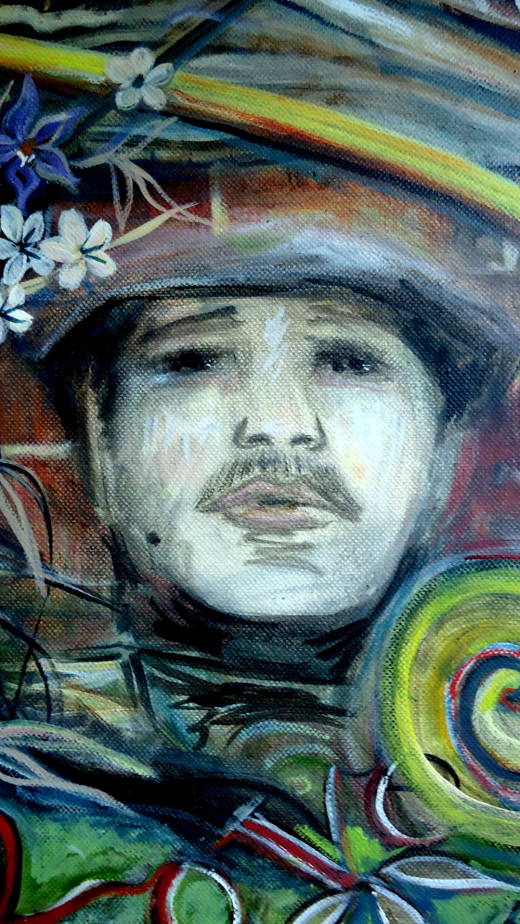
I have a rendezvous with Death by Alan Seeger
I have a rendezvous with Death
At some disputed barricade,
When spring comes back with rustling shade
And apple- blossoms fill the air-
I have a rendezvous with Death
When Spring brings back blue days and fair.
It may be he shall take my hand
And lead me into his dark land
And close my eyes and quench my breath-
It maybe I shall pass him still.
I have a rendezvous with Death
On some scarred-slope battered hill,
When Spring comes round again this year
And the first meadow flowers appear.
God knows 'twere better to be deep
Pillowed in silk and scented down,
Where love throbs out in blissful sleep,
Pulse nigh to pulse, and breath to breath,
Where hushed awakenings are dear.....
But I've a rendezvous with Death
At midnight in some flaming town,
When Spring trips North again this year,
And I to my pledged word I am true,
I shall not fail that rendezvous.
Alan Seeger:
Memorials
A statue modelled after Alan Seeger was raised in 1923 by Raymond Poincare.
The Memorial is at Place des Etats, Paris. It honours all the American Volunteers of World War 1.
The Sculptor, Jean Boucher used a photo of Seeger to inspire his sculpting. The poem he missed reading at the Statue of Lafayette and Washington in Paris is honoured by being written on the plinth.
The poem is called "Ode in Memory of the American Volunteers Fallen for France
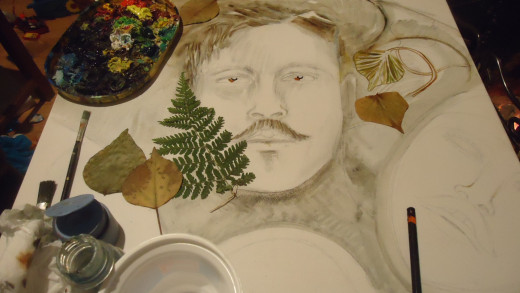
Sources
Thank you
Old Growth Forest Network
"The Class of 1910 Havard" MA DeWolfe
Archive Letters and Diaries of Alan Seeger
"Inshallah! Death is a transient thing" Alan Seeger's favourite saying
- Alfred Lichtenstein-Poetic & grotesque Expressionis...
Biography poetic portraits of Expressionist Alfred Lichtenstein 1889-1914 - Jakob Van Hoddis -Expressionist poet- Weltende 1887-...
The biography of Jakob Van Hoddis the Expressionist poet 1887-1942 - Reinhard Johannes Sorge "The Beggar" 1892- 1916 Ill...
The Expressionist Poet and Playwright of


